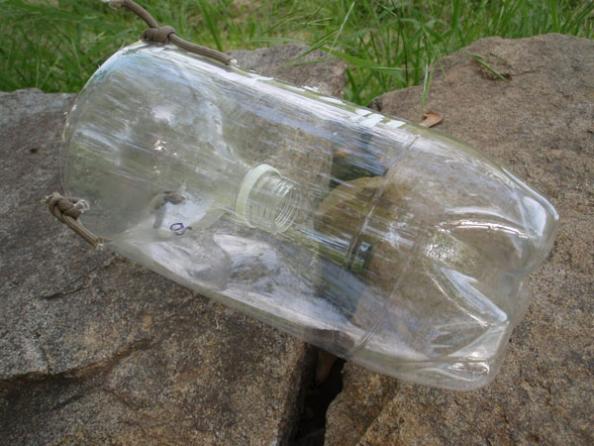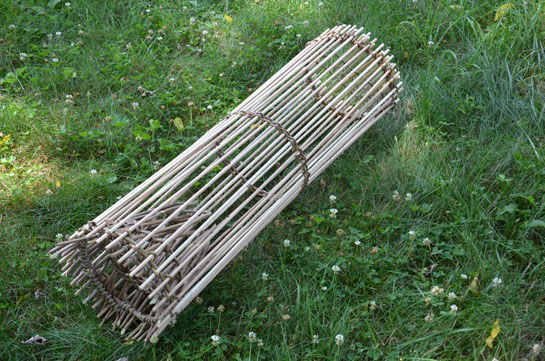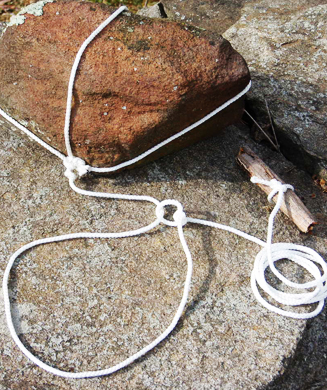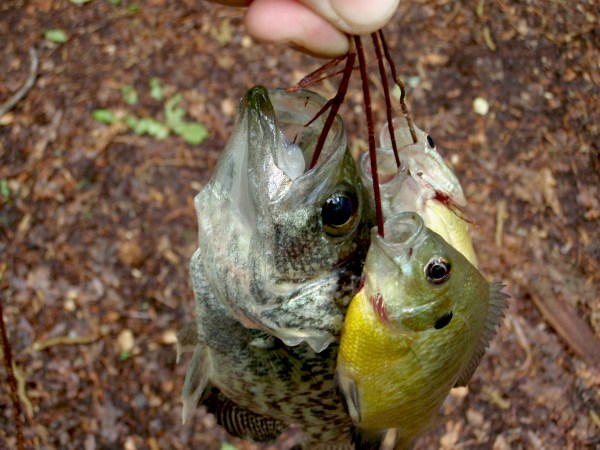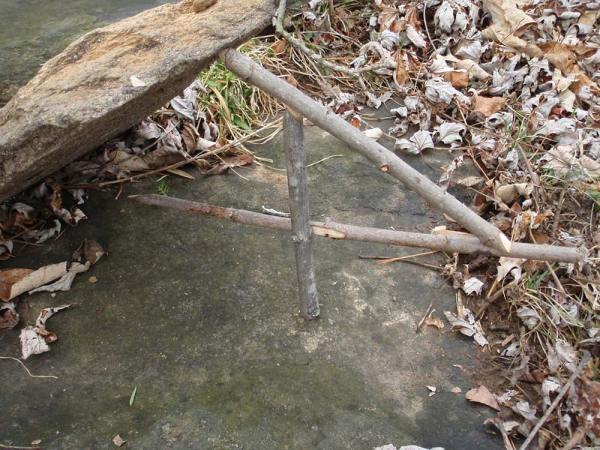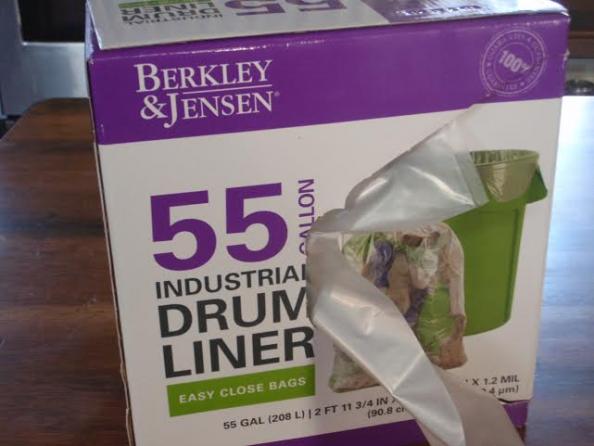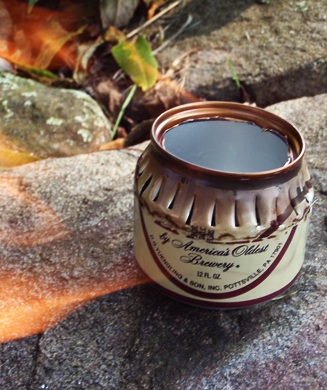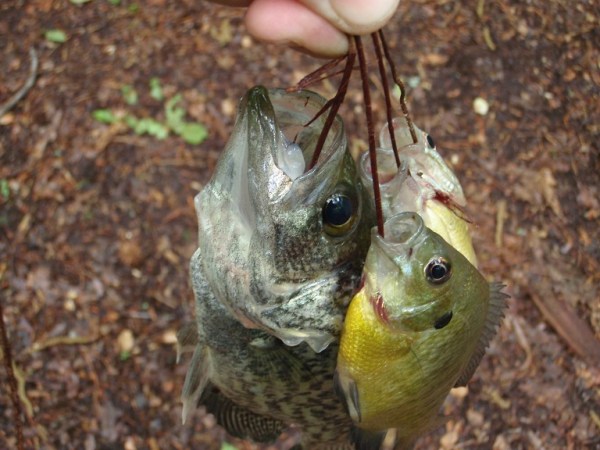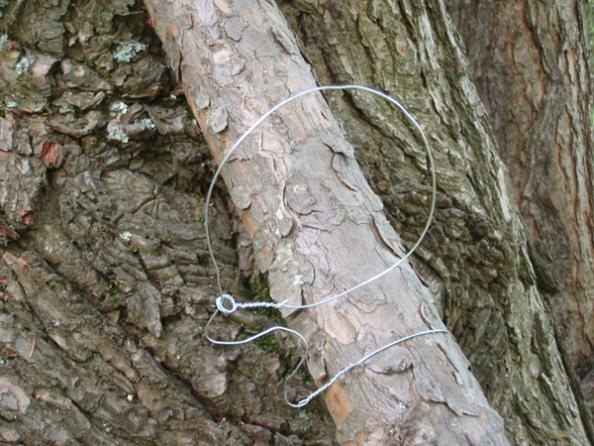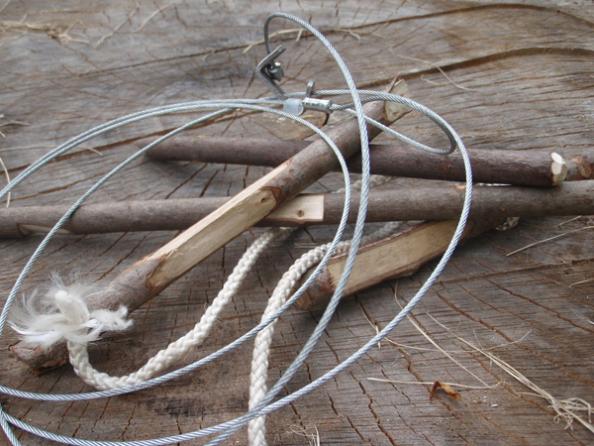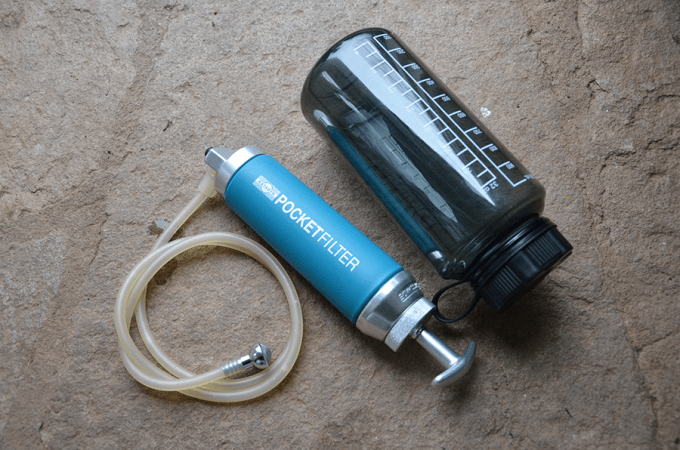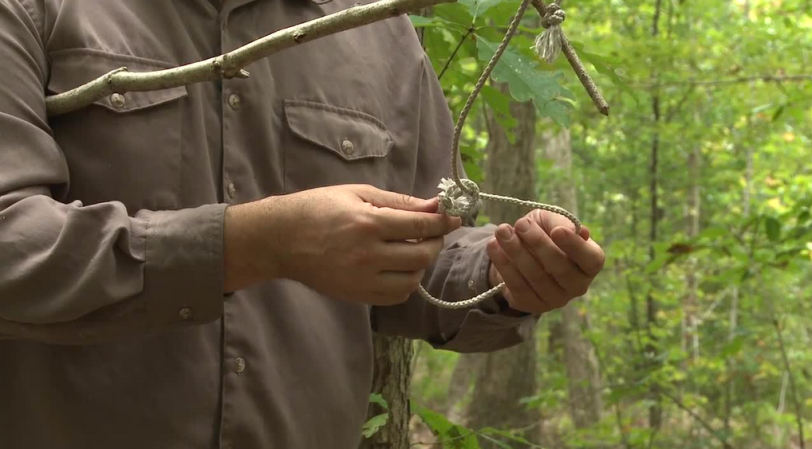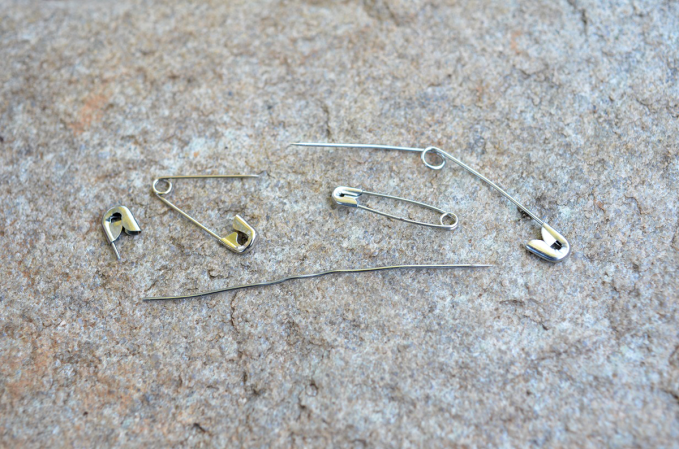Fish traps may be as old as fishing itself, and can prove vital during a survival situation. Even if the fish you catch are not big, getting any amount protein is worth the trouble when you’re up against it. A funnel fish trap can be used in two different ways to get you some small fish, either to eat directly or to use as bait for other things.
One way is to build a large, cone-shaped funnel 4- to 6-feet long; and place it in running water, preferably with a blockade around it to direct the fish into the trap. The pressure of the moving water tends to keep the aquatic creatures packed down in the bottom of the trap, but you need to be right there to lift the trap from the water and retrieve the fish, eels, or crustaceans. The other way to make a funnel trap is to have an insert in the trap that allows the fish to go into a container, but prevents them from coming out. This is the style we will work on today.
**
How Does The Still-Water Fish Trap Work?**
Crab pots, lobster traps, and fish funnels all work the same way. Most aquatic animals will always keep to the edges of a trap, not thinking to go to the inside center of the trap to find the only opening. Octopi are about the only creature with the smarts to outwit a funnel trap–pretty much everything else gets trapped inside.
What You’ll Need
– You won’t need much to create a small funnel fish trap. All you need are:
– A clear 2-liter soda bottle
– A few feet of string
– A sharp knife or some utility snippers (anything from EMT shears to multi-tool scissors)
– Little chunks of meat and/or animal fat for bait
Cut the top off the bottle where the cone meets the sidewalls. Simply remove the bottle cap if you want a small entry to the trap for minnows and bait critters. Cut off the cone below the bottle’s neck to make a bigger opening, but don’t go bigger than 2 inches in diameter. Fish will easily find their way out if the opening is too big.
Now, flip the cut-off cone around, inserting it inside the body of the bottle. Next, pierce a few holes through the bottle sidewall and the cone edge, using a punch on your multi-tool or the tip of your knife. Use a small bit of cord to stitch the cone to the bottle body. If using large bait items, place them inside the bottle before stitching it up, or you can carve a trapdoor in the side of the bottle and secure it with some string. This allows easy bait replacement and fish retrieval.
Use a bit more string to tie the bottle to a stake in the mud or an available tree root underwater, sinking the fish trap in still waters. Wait long enough, and you’ll be rewarded with some little fish, crawdads, or something useful.
